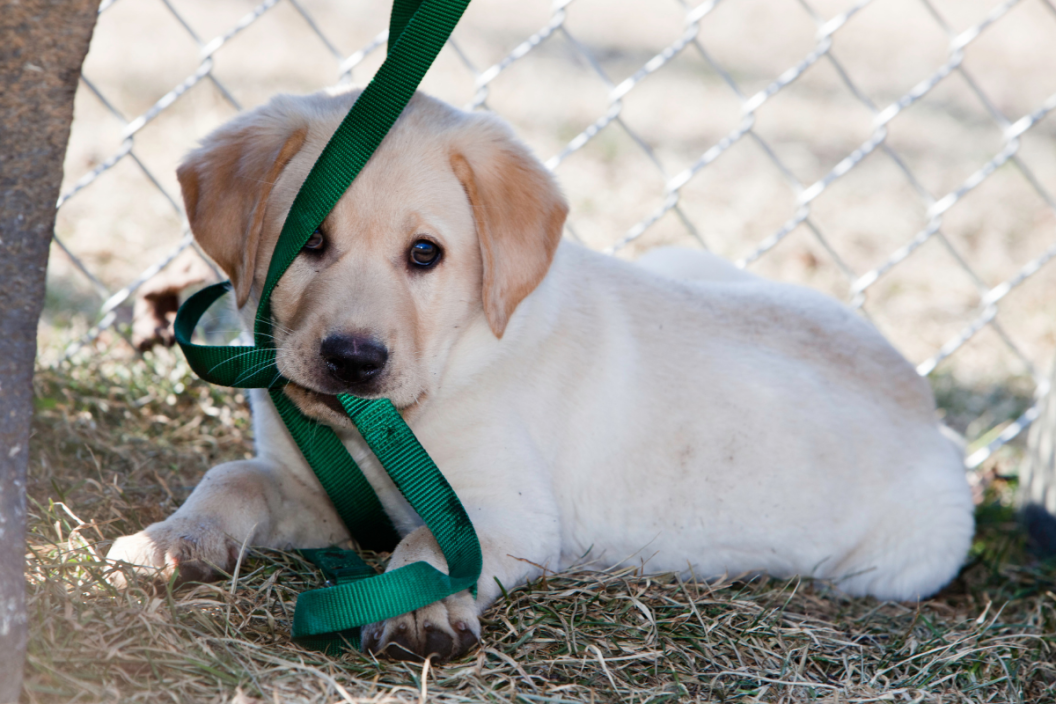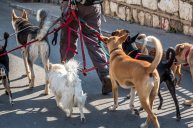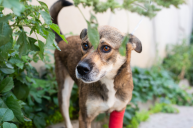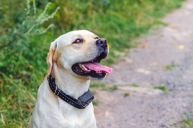Leash training a puppy is essential to making sure they're able to explore the world safely by your side, but it can be a bit daunting for first time owners. When puppies come home, they only know how to eat, sleep, poop, and play. As their new dog mom or dad, it's your responsibility to teach them everything else, or suffer the consequences later. One of those skills they should learn is how to be walked on a leash. It sounds simple, but dog owners who didn't leash train their dogs can tell you all kinds of tales about tugging, pulling, and essentially being walked by their dogs.
Leash training a puppy is an essential part of dog training that will stick with them into their adult lives and make them much more pleasant to walk as the years go by. Dog walking (or running, if you're feeling frisky) is a big part of being a dog owner, but the experience can be harrowing or enjoyable depending on how well your pooch is trained. Making sure your dog is well-behaved on the leash is easier said than done, however. Here's a guide to help any new dog owner begin the process of leash training a puppy. Follow it carefully and you'll soon have a happy, successful companion!
Step-By-Step Puppy Leash Training
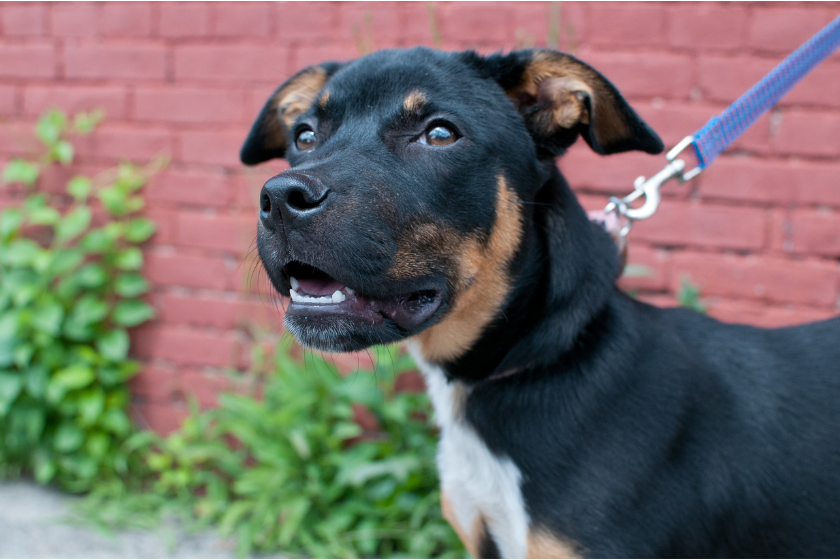
RELATED: Puppy Crying In Their Crate? Tips From Small Door Veterinary's Top Vet
1. Get Your Puppy Used To a Collar
A new puppy will need to get used to either a harness or collar before starting on the leash. Another option is a head halter, which is useful for pups who tend to pull and yank on the leash a lot. Don't get anything too fancy for your pup's first collar and leash since they are just getting used to the process; plus, they are likely to grow out of it quickly. A light-weight, flat leash, and collar are best, especially because your pooch is just getting used to having something around their neck.
However, not all puppies take to their new neck bling right away. Some puppies chew on their collar, shake, or throw a massive fit about wearing it. When you put the collar on, try not to make a big deal about it. Distract your pup by playing in the yard before you try to put it on; then, keep playing as you put it on. You can also give them a treat or a toy as soon as it goes on as a reward. Also, put the collar on very loosely, so they barely know that it is there. Once your puppy gets used to its collar, you can start leash training.
2. Add-In the Leash
It is best to practice walking on the leash when home. Puppies can have very short attention spans and get distracted easily. The first time you put your dog's leash on, let go of the leash. After that, it's okay to let them wander around the backyard with the leash on. Just make sure they will not trip on the loose leash.
Do not use a retractable leash for training. These leashes promote pulling, which is the last thing you want to teach your new dog. If you want to use a retractable leash, save them for trips to the dog park.
3. Use a Marker Sound or Word
You can use a clicker for leash training sessions with your pup, especially if you already use it for behavioral training. Have your dog sit before you put the leash on using the clicker and offer treats; this will keep your dog calm before you start walking and set the tone for your training session. Leash training should have plenty of positive associations, and a clicker or verbal cue can create a positive training environment. For example, you can use the phrase "Let's go" when they are walking, and you can simply use the word "yes" to promote positive behaviors. It may take many repetitions before your puppy gets the hang of it, but as many pet parents know, that is par for the course with puppy training.
4. Train in a Calm Environment
Puppies can get overexcited when it comes to leash training. They can start to jump, hop around, whine or spin. Wait until your dog is calm and sitting before putting its leash on. The calmer you are, the calmer your puppy will be. Since they are easily distracted, it is best to train them in an environment that has as few distractions as possible.
If your new puppy has not had any training at all, you may want to start the leash training inside your home. First, put the leash on your puppy and stand on one end. When the leash loose, click your clicker or give your dog praise. The process will need to be repeated several times. Each session should only be about five minutes long. Otherwise, your puppy will become disinterested. Once your dog is used to the idea of loose leash walking, you can start to move your training outside.
5. Use Treats
Keep treats with you while you are training in an easy-to-reach spot like your pocket. Every time your pup exhibits good behavior, you can give them a dog treat. With this positive reinforcement, your puppy will learn good leash manners. Young puppies go through many treats, so having a high-value treat that is special for leash training may be very useful.
6. Be Patient
Training a puppy can take a lot of time and a lot of patience. Remember they are learning something new, and it will take them a while to get the hang of it. Use plenty of positive reinforcement throughout the process, and eventually, your puppy will get the hang of walking on the leash. If it seems like your pup does not quite get the concept, you can always take them to training classes. There you can work one on one with a dog trainer if you need help troubleshooting or in a group with other puppy owners. Sometimes a different approach and a new environment can help your puppy grasp leash training.
7. Stop Bad Behavior As It Happens
If your dog pulls on the leash or is lunging, stop walking and have them sit. When they are calm, you can resume walking. Scolding or using negative reinforcement is not helpful for leash training a puppy. They will not understand what you are trying to convey, which may be detrimental to the process overall.
8. Training Doesn't Stop
Training does not stop once your new best friend gets the hang of walking on the leash. Continue to work with your adult dog as you go on walks throughout the neighborhood. You can even take your dog to one of these dog-friendly stores and practice their leash training there. Stores have many more distractions and noise than you do on a normal walk.
How difficult was it to leash train your puppy? Tell us on our Wide Open Pets Facebook page.
This article was originally published on January 21st, 2022.
